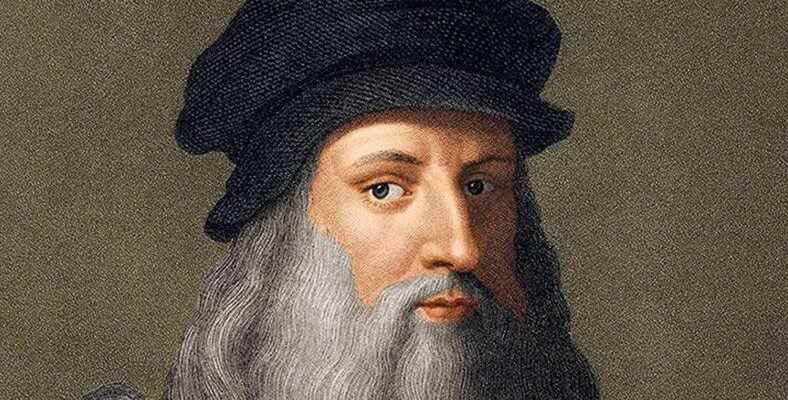Leonardo Da Vinci, one of the greatest geniuses who ever lived, is a magnificent scientist who invented what can be considered the ancestors of many technologies we use today. Scientist is just one of his many titles, let’s take a closer look at the life of this magnificent genius.
Mona Lisa‘from Vitruvian Manto the Last dinnerto tank prototypes by Leonardo Da Vinci Each work of art is an icon. ArtistryNor is it his only title; he is also a was a musician, engineer, scientist, and mathematician. Many of his scientific theories were discovered to be the basis for modern science, and his artworks left an indelible mark on art history.
Michelangelo and Raphael with Leonardo da VinciIt is considered one of the cornerstones of the Italian Renaissance. Born in 1452, this genius emerged at the time of the eruption of this great period of art and throughout his career he taught mankind some of the things we use even today. laid the foundation.
Have you ever thought about the knowledge you have about the life of this magnificent genius? Where does this man’s thirst for knowledge come from? Where does this man come from? Bride by Leonardo Da Vinci Let’s start this list together where you will have more information about his life.
Sides of Leonardo Da Vinci you’ve never heard of:
Leonardo Da Vinci did not have a surname:
(Italy, Vinci)
Although we call him ‘da Vinci’, Leonardo did not have a surname. ‘Da Vinci’ literally translated into Turkish as “from VinciIt is translated as ”, that is, it represents where he came from. This was very common at that time. senior during Leonardo’s life in high society and in the nobility The surname was in use but did not become public until the middle of the 16th century. That’s why in many museums and academic books it’s just a ‘Leonardo’ is called.
He was an illegitimate child
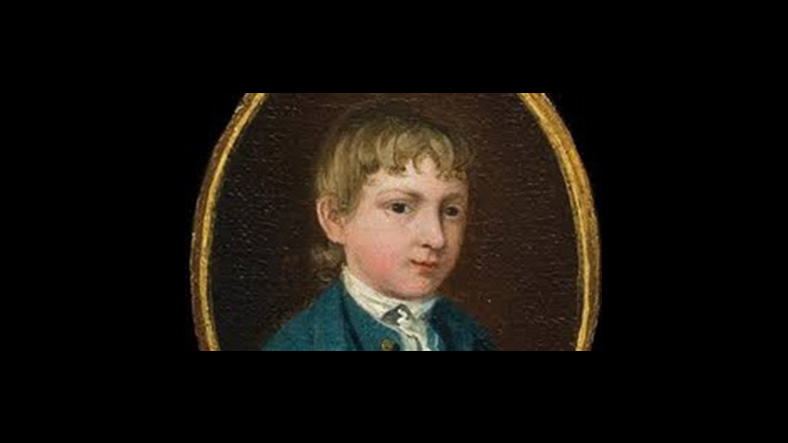
(An illustration of Leonardo Da Vinci’s childhood)
Leonardo, a wealthy Florentine notary Sir Piero with Caterina a young peasant named illegitimate child was born as Leonardo’s mother married a craftsman shortly after his birth. Leonardo was treated as the legitimate son of Sir Piero and was brought up in his family’s estate. He is also much younger than his father and with whom he has little contact. 12 half-siblings there was.
Leonardo did not receive a proper and full education
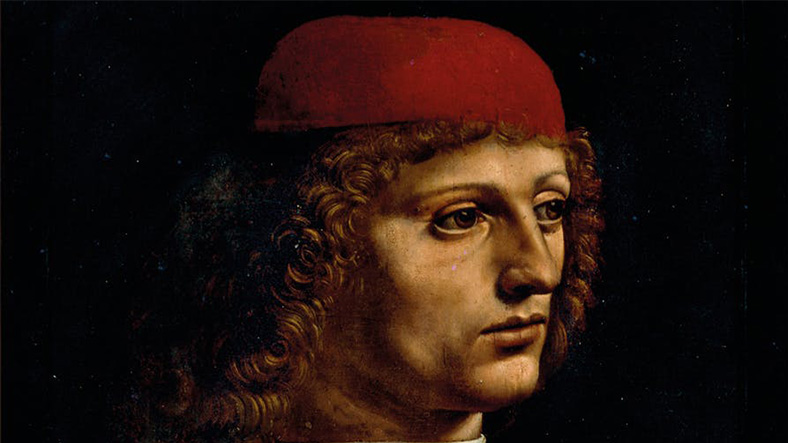
(An illustration of Leonardo Da Vinci’s youth)
Despite having such a genius, Leonardo’s did not go through a formal training process It may be a little surprising for you to learn. Fundamentals of reading, writing and arithmetic He learned it in school, of course, but everything after that was self-inflicted.
For example, the language of academics at that time Latinlargely its self taught was something. Advanced mathematics, a subject he was passionate about, came into his life only when he began to devote himself to it in his 30s.
He wasn’t the type to paint a lot.
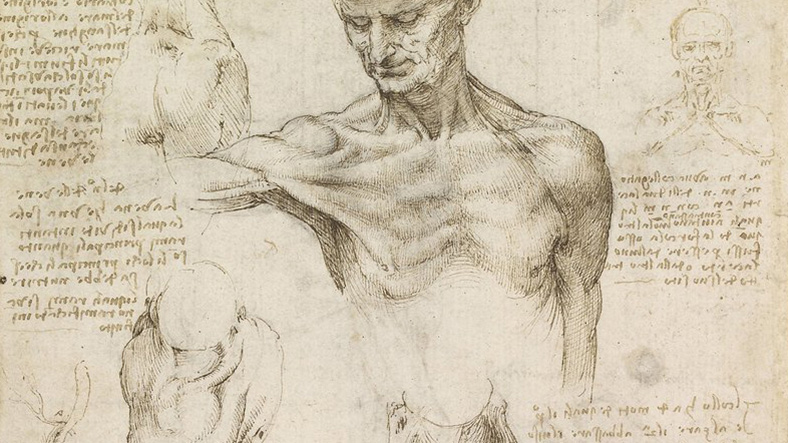
(One of Da Vinci’s studies on the human body)
Leonardo da Vinci although he is known as the greatest artist of all time, his artistic expression is actually quite small. The only thing he has achieved so far 17 works of art exists.
One reason is that his mind is constantly preoccupied with one subject. Continually conducting scientific research and applying engineering activities LeonardoHe was engaging in so long ‘science meditations’ that was turning down offers to paint.
Began apprenticeship from the age of 15
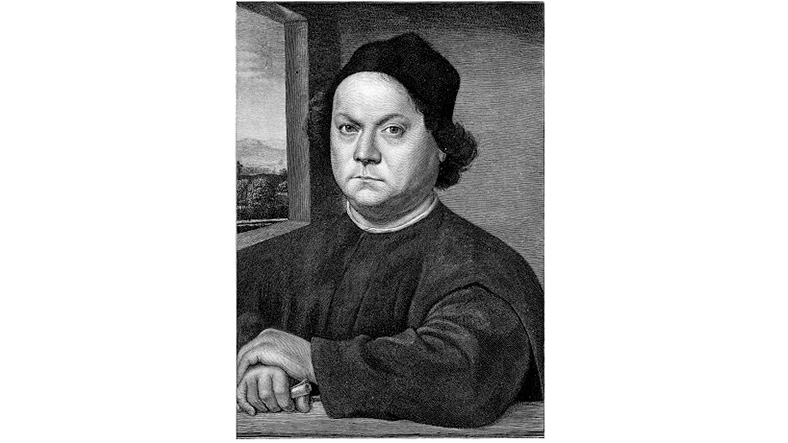
(Andrea del Verrochio)
As was common at the time, Leonardo began his artistic training as a teenager. Thanks to his father’s reputation at the age of 15 respected artist Andrea del VerrochioHe started working as an apprentice in the studio of .
Here he learned not only the basics of painting and sculpture, but also engineering and technical arts. Among the technical arts chemistry, drawing, metallurgy and metalworking including such topics.
At the same time Antonio PollaiuoloLeonardo, who also worked in the atelier of . Verrochio’s was under his tutelage. After the age of 25, he continued his life in his own studio.
He was very interested in the human body
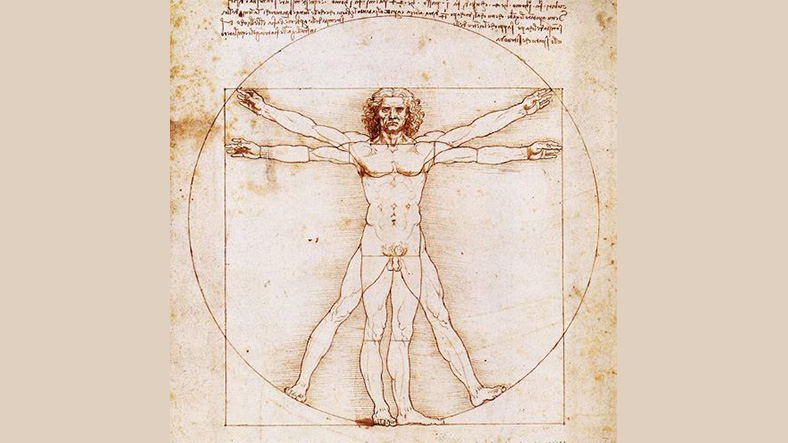
(Vitruvian Man)
Leonardo da Vinci‘s hunger for knowledge also extended to the human body. He did not content himself with examining what already existed, and in hospitals in Milan, Florence and Rome Autopsies on up to 30 people and deepened his knowledge.
to anatomy His passion for the arts has grown so much that it has become his own field of study, regardless of how it affects his artistic work. From an early age he was not only interested in the structure of anatomy, but also to physiological research also started.
His drawings of how the brain, heart, and lungs function as the core of the body are still great achievement in science is referred to as. Actually, the anatomical drawings, laying the foundation for modern scientific illustration it helped a lot.
Bill Gates has Leonardo da Vinci’s notebook
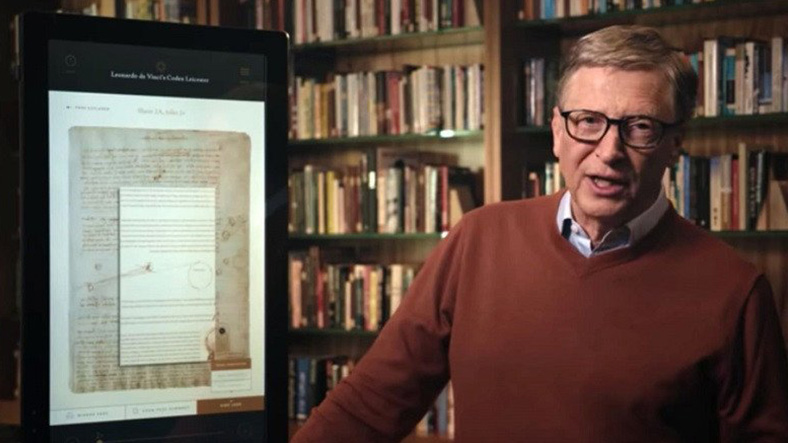
It is not difficult to guess that such a knowledge-hungry person is also a prolific writer. Most of Leonardo’s notebooks British Library and Victoria Albert Museum in leading institutions such as
However, one of his notebooks is in the hands of one of the leading ‘geniuses’ of the 20th and 21st centuries. Leonardo’s Codex Leicester also known as Codex Hammer name notebook, Bill Gates by $30.8 million Purchased.
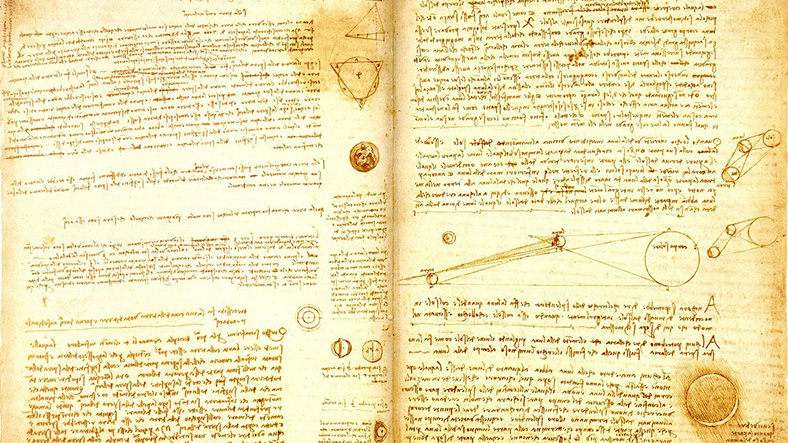
(Codex Hammer)
72 pages The notebook contains memories and information written between the years 1506-1510. this notebook that the sky is blue of the reasons to the brightness of the moon, the movement of water It contains many scientific topics, from the functioning of fossils to how fossils are formed.
His greatest work was destroyed by war
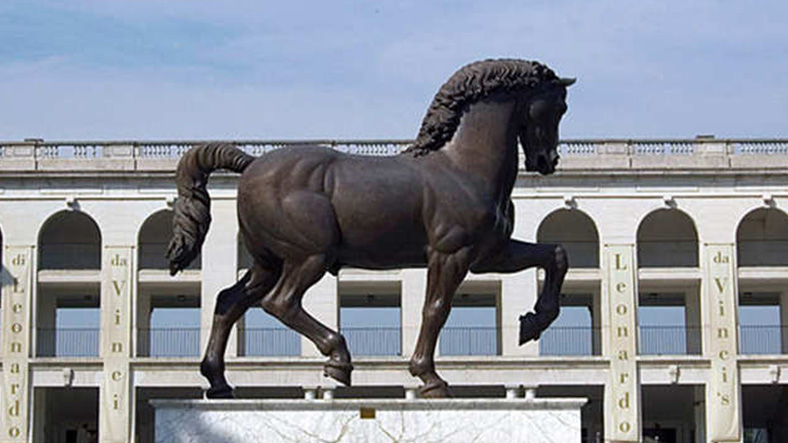
(Gran Cavallo)
Leonardo, Mona Lisa and Last dinner He is known for his iconic works of art, but unfortunately he never quite finished his greatest work to present to humanity. Leonardo in 1482 Francesco Sforza He left Florence to go to Milan for a huge equestrian statue honoring him.
When this statue is completed, Donatello and would be larger than the other two equestrian statues of the Renaissance made by Verrocchio, Leonardo’s former mentor. It would have been over 16 meters tall and was Sforza’s son. Duke of Milan would be made by order. Leonardo is fully engaged in the project nicknamed Gran Cavallo (The Big Horse). 17 years worked.
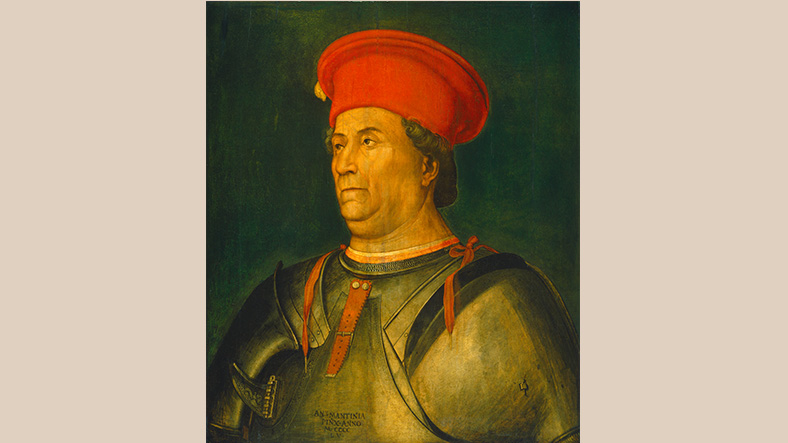
(Francesco Sforza)
12 years later, in 1493, a clay model of the statue was exhibited and Leonardo da Vinci, began working on detailed plans to cast it in bronze. Unfortunately, the metal to be used for the statue was used to manufacture cannons and weapons, as the threat of French invasion was imminent.
When the duke was overthrown in 1499 and French troops occupied the city, this statue that would become one of the greatest monuments of the Renaissance was stolen from us humans.
He also served as a military architect and engineer
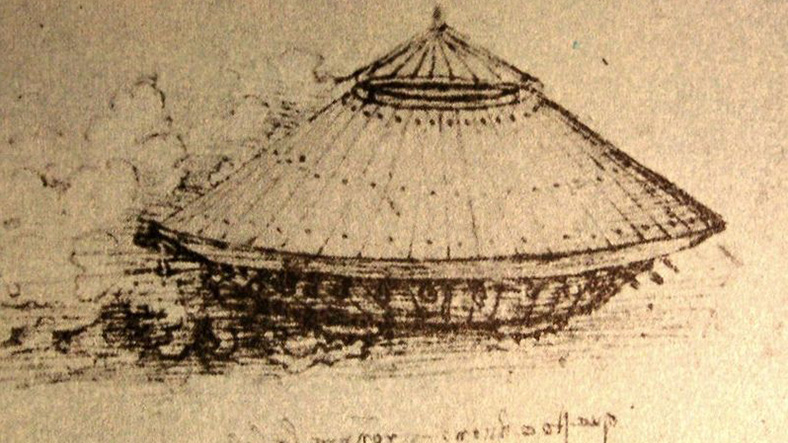
After the equestrian statue incident, Leonardo Pope Alexander VIson of Cesare Borgia made a deal with Cesare, the papal army he was the commander-in-chief and to maintain control with brutal methods was known.
Leonardo senior military architect and general engineer He spent 10 months with the title. In this process, he created projects that laid the foundations of today’s tanks and helicopters. He also drew many city plans and topographic maps that shed light on modern cartography.
He spent the last years of his life not in Italy, where he was born, but in France.
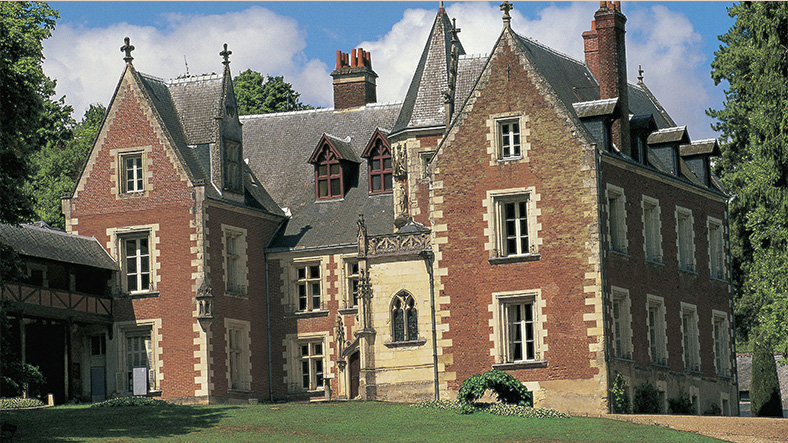
(The house where Da Vinci spent his last years in France)
When Leonardo was 60 years old, he had to leave Milan due to political turmoil. That’s him, the Pope’s brother Giuliano de’ Medici hosted by to Rome took it. While Leonardo hopes to find work in Rome, Raphael and Michelangelo Other artists, such as the Pope, were working hard on commissions, while for him just a paycheck and left alone.
This greatly frustrated Leonardo, and five years later he gladly accepted the offer of the king of France to come and work for him. He left Italy in 1516 at the age of 65 and never looked back. Although he did not paint much while in France, he spent a lot of time on his scientific projects.
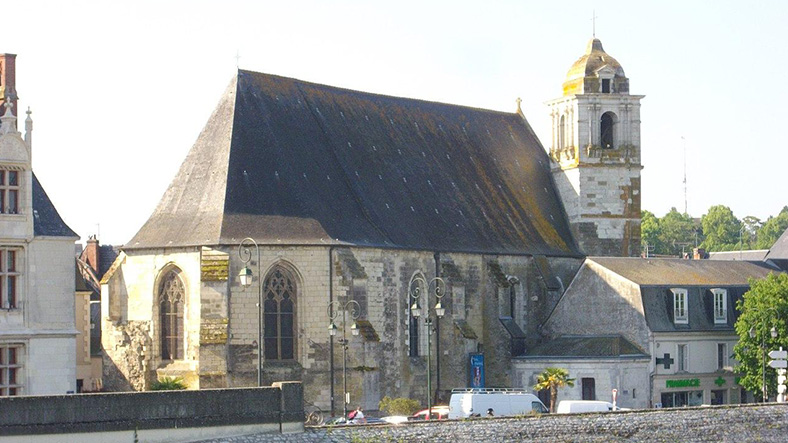
(Collegiate Saint Florentine Church)
Just a few years after arriving in France died and the Château d’Amboise Collegiate Church of Saint Florentinewas buried in. Unfortunately, the church French Revolution during damaged and in 1802 destroyed. Graves too because it is destroyed made it difficult for historians to know where Leonardo da Vinci’s tomb was located.
